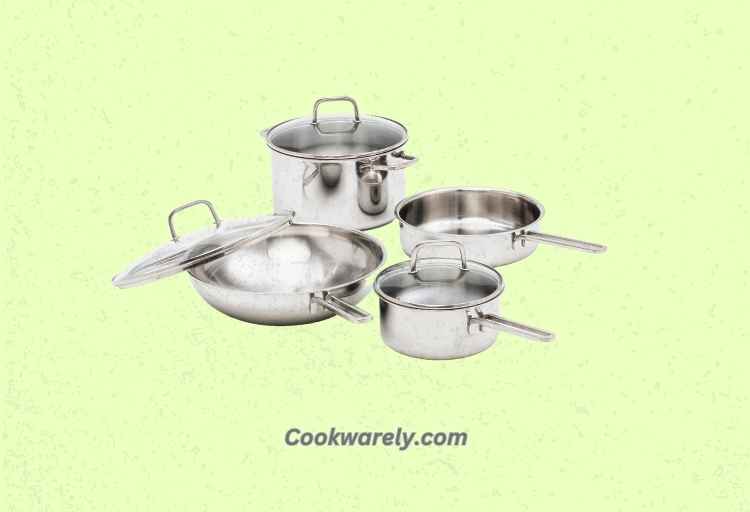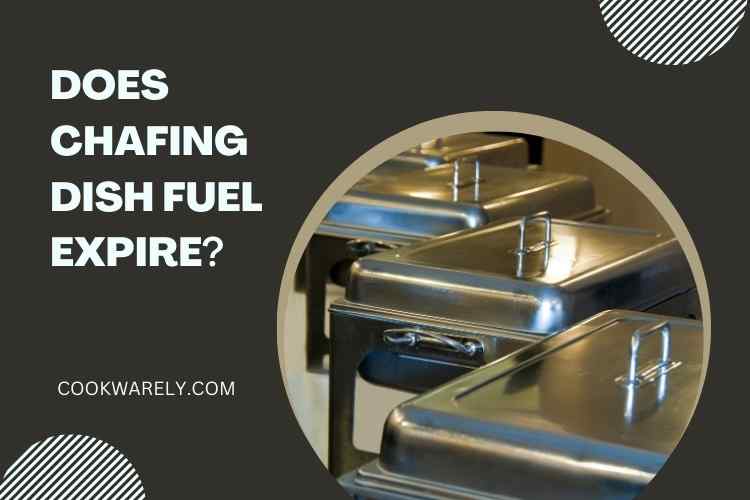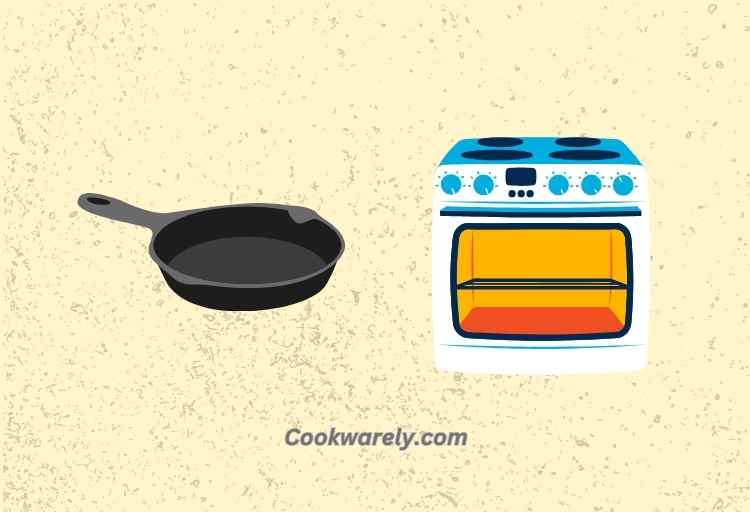What Should My Wok Patina Look Like?
The wok patina is a hard surface forming on wok that looks slick and glossy. This is a layer of seasoning that gradually darkens the more you cook with the wok.
The wok patina is desirable because it enhances the flavor of the food, protects the wok from rust, and makes it easier to clean. It’s also a sign of a well-used and well-loved wok.
To develop a good wok patina, you need to season your wok properly before using it for the first time. Seasoning is a process of heating the wok with oil to create a non-stick coating. There are different methods of seasoning a wok, such as using salt, chives, or ginger.

What Are the Stages of Patina Color Development?
When you cook in a wok, the oil coating on the wok’s surface develops a dark patina. This color development helps to prevent the food from sticking to the pan.
However, it is important not to scrub it because this could damage the patina and result in rust.
A wok’s patina color will depend on the amount of use it gets. A newly seasoned wok will have a mottled appearance. After three to four months, it will begin to take on a copper or light gold hue.
This color development will continue for one to two years, so make sure you cook a lot! However, you should not apply abrasive scrubbers to your wok’s surface unless you are frying it.
You can also use a paper towel to wipe down the wok’s surface. But keep in mind that the oil in your wok is very hot. Wearing gloves is recommended.
The hot wok will smoke a little, which is precisely what you want – it’s the smoke that allows the patina to form. It’s also important to allow your wok to cool down completely before using it.
See Also: What Is The Best Oil To Use With A Wok
Does Boiling Water in Wok Remove Patina?
Boiling water in a wok may or may not remove the patina, depending on the condition and quality of the patina. The patina is the layer of seasoning that forms on the surface of the wok, which gives it a non-stick and flavorful coating. The patina is created by heating the wok with oil and repeated cooking over time. The patina can be damaged by acidic foods, abrasive cleaning, or overheating.
Boiling water in a wok can help remove some rust or food residue, but it can also weaken or strip the patina if it is not well-developed or maintained. Boiling water can dry out the patina and make it more prone to flaking or peeling. Therefore, it is not recommended to boil water in a wok unless it is necessary to remove stubborn bits of food or rust. If you do boil water in a wok, you should dry it thoroughly and re-oil it to prevent rust and restore the patina.
A wok’s patina is a protective coating on the inside that enhances the flavor of food cooked in it. It also thickens with time, creating a natural non-stick cooking surface.
When a wok is new, the manufacturer will apply a factory oil to keep it from rusting. To remove the patina, use a scouring pad to scrub the inside and outside of the wok.
While boiling water in a wok may remove some rust, it is unnecessary. To remove oil and salt residue, you can soak the wok in warm water. You should then rinse the wok with warm water and then dry it.
After drying, you can use a sponge or wok brush to scrub off any remaining food particles gently. You should also avoid using abrasive scouring pads or chemicals to remove the patina on wok.
Adding kosher salt is another method to remove the patina. Adding kosher salt to the wok is a simple method that can refresh or re-season the wok.
However, you must add kosher salt after the initial washing. When using kosher salt, be sure to stir continuously for 20 minutes.
How Do You Get Patina Off a Wok?
Patina is the protective layer inside a wok, which adds flavor to your food. As the wok is used, the patina wok becomes thicker, creating a natural non-stick cooking surface.
New woks are typically sprayed with factory oil to prevent rust and corrosion. To remove this layer, use a scouring pad to clean the inside and outside of the wok.
Once the patina has been removed, soak the wok in warm water for about 15 minutes. This will loosen the food particles stuck to the surface. You can also scrub the pan with steel wool or a scrubber.
After cleaning, dry the wok over low heat. Once the wok is dry, you should wipe any remaining water with a paper towel.
Another method is to use a paper towel to rub the oil evenly on the wok. This method will work well for a few minutes but handle the salt cautiously.
After 15 minutes, you will see that the wok is a different color. After that, you will need to scrub the wok again with soap.
See Also: Can You Cook Rice In A Wok
What Should a Seasoned Wok Look Like?
A seasoned wok should have a smooth, non-stick surface that is black in color. The seasoning also helps to protect the metal from rust and makes it easier to clean.
This is achieved by repeated use and oiling of the wok, which helps to build up a layer of carbonized oil that gives the wok its unique color and non-stick properties.






